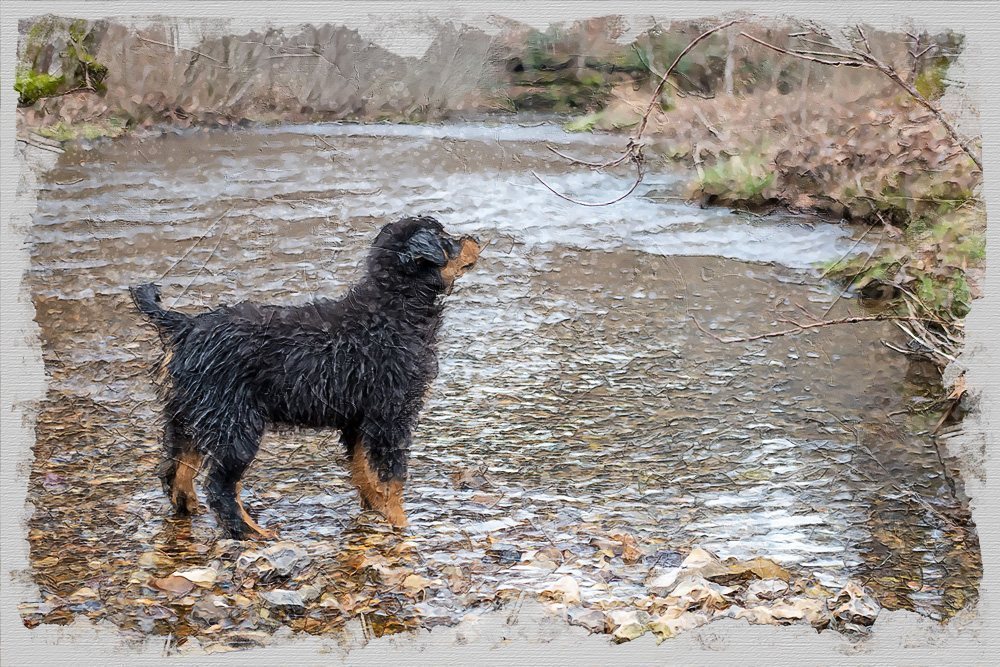Q: Is the Breeder Incubator Program just breeding Black & Tans to other
Black & Tans? I’m just wondering if this makes them a separate variety
within the breed so that they are not crossed to other coat colors. Would
this also limit the genetic pool?
A: Yes, the program specifically for breeding the Old-fashioned Black and
Tan English Shepherds bloodline. I want to point out a good book for you to
consider reading.
Sponenberg, D. Phillip, Jeannette Beranger, and Alison Martin. 2017.
Managing Breeds for a Secure Future: Strategies for Breeders and Breed
Associations. Second edition. Sheffield, UK: 5M Publishing.
This textbook is always on my desk. You’ll find it on Amazon in hardback
and e-book format. Having this book will provide you with more context, but
here a few of my notes that I think are relevant to your question.
* The genetic organization of most landraces resembles a short
one-story building made up of distinct foundation strains with a second
story of composites built from specific combinations of the foundation
strains.
* The persistence of distinct foundation strains ensures that genetic
diversity is maintained within the breed. Keeping these separate groups
intact ensures that distinct lines are present within the breed so that
every animal within the breed has an unrelated outcross in the event that
such measures are needed. The usual reason for needing such an outcross
would be diminished vigor in a line because of inbreeding.
* Landrace are considered one breed of several distinct bloodlines.
The bloodlines are reasonably distinct historically, phenotypically, and
genetically yet remain reasonably similar to one another.
* Each breed has been shaped into its current form by a unique
history. Breed histories must be clear and accurate to the extent possible.
Understanding the breed’s history is essential if breeders are to adequately
steward breeds as genetic resources.
* Breeding strategies include inbreeding, linebreeding, linecrossing,
outcrossing and crossbreeding. Understanding how each of these functions is
important for conservation breeders. These terms all have slightly different
definitions to different groups of breeders, but the key fact is that the
pairing of animals for reproduction has varying outcomes depending on the
relationship of the animals mated. The results of each of the different
breeding strategies are subjective points along a single line that vary from
completely inbred and uniform at one end to completely crossbred and
variable at the other end. Just exactly where along this line to draw the
boundaries between inbreeding and linebreeding as well as linecrossing and
crossbreeding is subjective, but the effects of these strategies on
populations are very real. Each strategy has an important role in shaping
animal populations. The benefits of linebreeding and linecrossing can both
be exploited by alternating these strategies from generation to generation.
This is accomplished by ensuring that linecross animals rather than being
further linecrossed are preferentially linebred back to one of the specific
lines.
* A breed population is best served if several breeders are using
slightly different breeding strategies philosophies and methods.
Q: I am looking for a male pup. I assume OBTESA would assist in matching a
female?
A: Yes, part of the program is to help you find a male and a female.

OBTESA Breeder Incubator Program
 Print This Post
Print This Post
Tony Bierman, "OBTESA Breeder Incubator Program," OBTESA, Accessed December 12, 2025, http://esbt.us/9f.